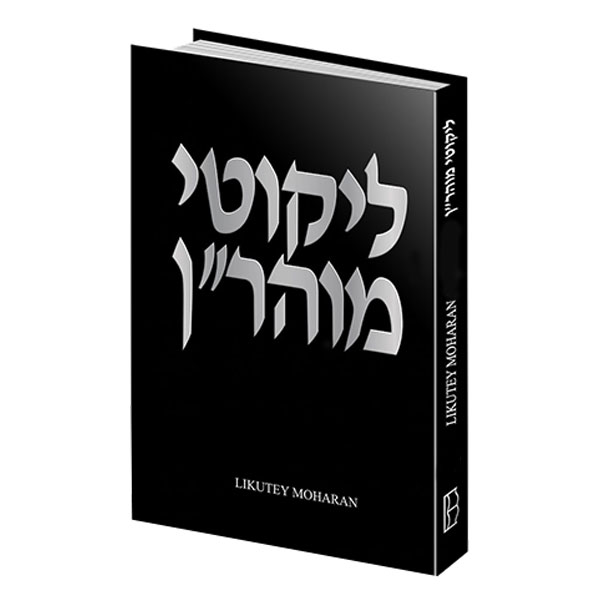Some terms/ideas discussed: Ruach (Chaim); Krechtz/sigh; Tzaddik haDor/Rav; Ruach Tzafon; Dovid HaMelech’s Harp; Rav d’Klipah; Esav; Ruach haTum’ah
- Divine (spiritual) “Ruach” is the source of vitality, and what sustains every aspect of creation. When one experiences chisaron (deficiency) in any area of life, this is because of limited ruach flowing to that area (as a result of sin). One can remedy this deficiency by tapping into divine Ruach through a sigh/groan (and associated physical deep breath) during Tefillah as part of the teshuva process bringing about a corresponding “erech apayim.”
We explain that Divine “Ruach,” which refers to the spiritual energy that is the fundamental source of vitality, sustains human life, and all aspects of creation. When an individual experiences a deficiency, “chisaron,” in any area, it is due to a limited flow of Ruach to that particular area, as a consequence of sin (see para 4). However, this deficiency can be rectified by accessing the divine Ruach through the act of sighing or groaning, (accompanied by taking a deep breath during the prayer) as part of Tefillah – and the Teshuva process (as he rectifies this sin that is responsible for this chisaron. This practice initiates a corresponding spiritual transformation known as “erech apayim,” which brings about healing and restoration. - The essence of “Ruach Chaim,” the life-force that sustains human life and every aspect of creation, is found within the Torah. As a result, our access to this life-force, Ruach Chaim, is exclusively through the Tzaddik haDor, the righteous individual of the generation, who is deeply connected to the teachings and principles of the Torah.
The parallel is drawn between this concept and the Northern Wind (Ruach Tzafon) that blew through King David’s harp. By attaching ourselves with the Tzaddik haDor who himself is fully attached and integrated with Torah, we can tap into the vital power of Ruach Chaim in our lives. - In Torah 8, it is emphasized that vitality can only be accessed by attaching oneself to a Tzaddik who embodies the teachings of the Torah. However, a question arises regarding how the wicked, who are both distant from the Torah and antagonistic towards Tzaddikim, are able to access vitality and temporarily fulfill their lack.
The explanation provided is that there exists a corresponding negative force known as the “Rav d’Klipah” and “Ruach Tumah,” which provides vitality to the wicked. This impure Ruach grants them a temporary sense of energy and fulfillment. However, it is important to note that while this Ruach may appear powerful, it is ultimately transient in nature.
(To illustrate this concept, perhaps we can use the analogy of a pipe connected to a water source. Despite the temporary ability to stir up a strong and turbulent current, disrupting the steady flow downstream and creating confusion and the sense of an alternate power or source of current, this influence is short-lived and ultimately nullified by the true source of vitality.) - As mentioned earlier, “chisaron” (deficiency) arises as a consequence of sin. However, through the immense mercy of Hashem, who is metzamtzem Himself, as it were, into the Ruach Chaim (vital spirit) of Torah for the Tzaddik, the righteous individual can draw Ruach and restore completeness where there was a deficiency. In this way, the Tzaddik is able to attain Kaparah (atonement) for such sins.
This concept is elucidated within the context of the 13 Middos of Rachamim (13 attributes of mercy).

